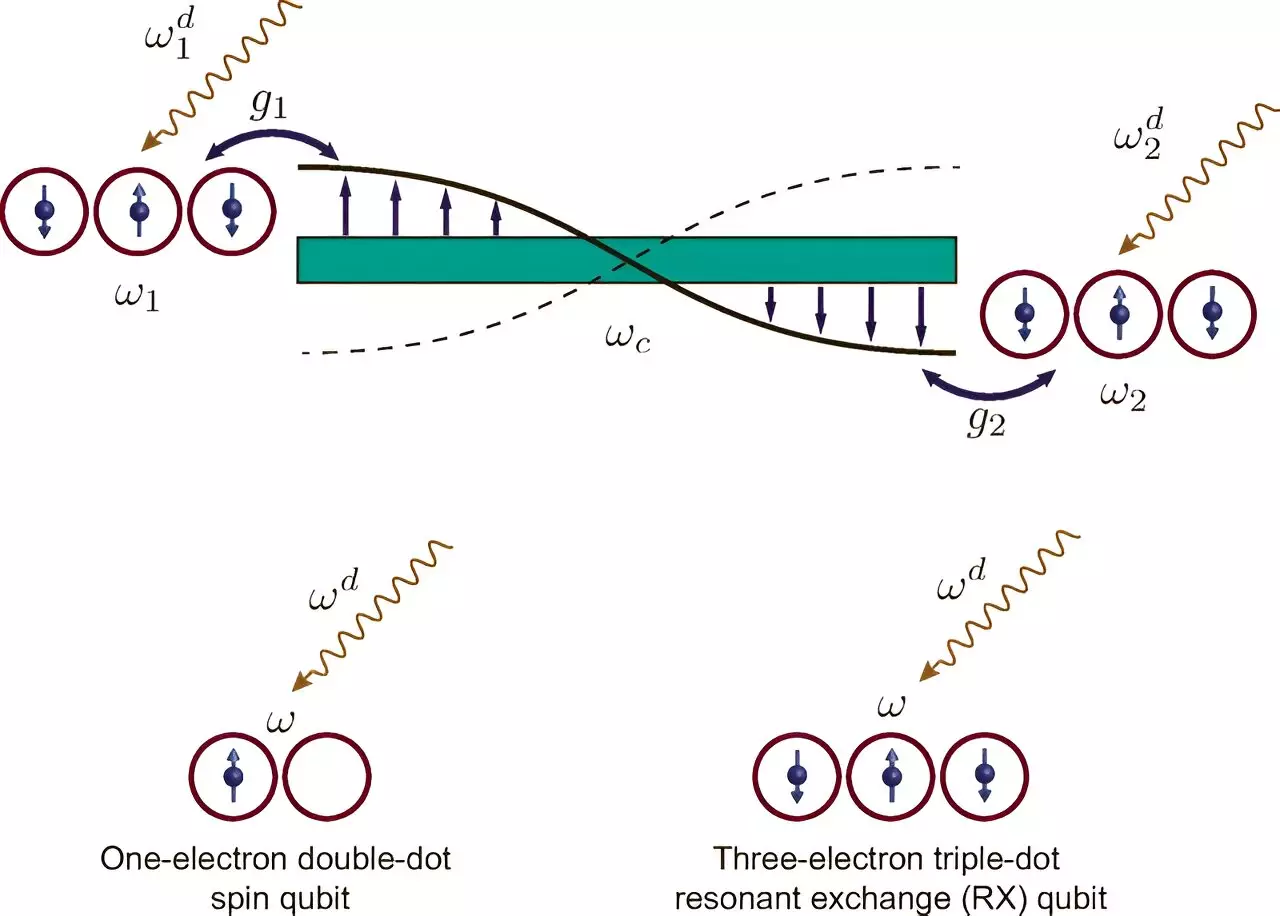Quantum computing stands at the forefront of technological advancement, promising unparalleled processing power by harnessing the peculiar traits of quantum mechanics. Its core functionality depends on the manipulation of quantum bits, or qubits, which serve as the fundamental units of information encoded within quantum systems. Unlike conventional bits, which can only represent either a zero or a one, qubits can operate in a state of superposition, embodying both values simultaneously. This capability allows quantum computers to tackle complex problems exponentially faster than traditional supercomputers. However, achieving this potential necessitates the development of millions of qubits. The journey toward this scale is fraught with hurdles, particularly in maintaining coherence and control over increasing numbers of qubits.
Building a quantum processor with a vast array of qubits presents significant engineering challenges. Each qubit requires a unique operating frequency, and controlling multiple qubits while ensuring that they can effectively communicate—or entangle—becomes increasingly complex as the number of qubits grows. Current systems rely on sophisticated electronic control circuits, which must become increasingly convoluted as more qubits are added. Thus, a primary impediment arises; the delicate balance between scaling up the number of qubits and preserving the integrity of the information processed.
In light of these challenges, researchers are exploring innovative modular approaches to quantum computing architecture. A recent study led by physicists at the University of Rhode Island introduces a scalable solution involving flexible quantum processors that utilize modular designs to facilitate long-distance qubit entangling operations.
The concept of modular quantum processors reframes how we can build and connect quantum computing systems. The research team’s modular approach likens the assembly of quantum systems to constructing with LEGO blocks, where each small module can independently function while remaining connected to form a more extensive system. This analogy clarifies the concept of building upon small arrays of qubits, connecting them with links that facilitate operations without losing coherence. By utilizing a configurationally flexible design, researchers can enhance the connectivity of qubits over substantial distances while allowing variable control schemes.
The groundbreaking aspect of this research is its validation of semiconductor technology as a viable basis for constructing scalable quantum processors. Utilizing quantum dots, which are minuscule semiconductor structures that can confine electrons and conduct quantum operations, provides several advantages. These structures enable high levels of integration akin to existing semiconductor technologies that utilize billions of transistors.
One significant breakthrough presented in this work centers around managing the frequencies of qubits efficiently. The researchers propose generating additional frequency channels for each qubit through oscillating voltages, creating the potential to link multiple qubits without necessitating uniform frequencies among them. This mechanism allows for simultaneous control of entangled operations while preserving individual qubit characteristics. The introduction of sideband frequencies expands the control landscape, presenting multiple pathways to achieve resonance with microwave photons.
By allowing qubits to resonate at various frequencies, researchers have created a model that showcases nine different conditions for linking two qubits. This flexibility means that systems can accommodate additional qubits more comfortably, as not all need to align precisely in frequency. The proposed technique, therefore, opens avenues for executing a wider array of entangling operations, positioning this research as a significant advancement in the quantum computing field.
The implications of this approach extend beyond mere scalability; the robustness of the modular quantum processor design offers reliance and stability in entangled systems. The mechanism described by the team demonstrates a reduced vulnerability to leakage of photons, addressing one of the prevalent challenges in maintaining quantum state integrity across distances. As a result, entangling operations can be achieved more reliably.
As the demands for computational power relentlessly increase, the advent of modular quantum computing may well serve as a vital turning point. The innovative strategies proposed by researchers represent a critical step toward achieving scalable quantum systems, potentially paving the way for an era where quantum computing is accessible and practically applicable. Future developments in this area could lead to breakthroughs across numerous fields, including cryptography, artificial intelligence, and complex system modeling, reaffirming the transformative potential of quantum technology in the modern age.


Leave a Reply